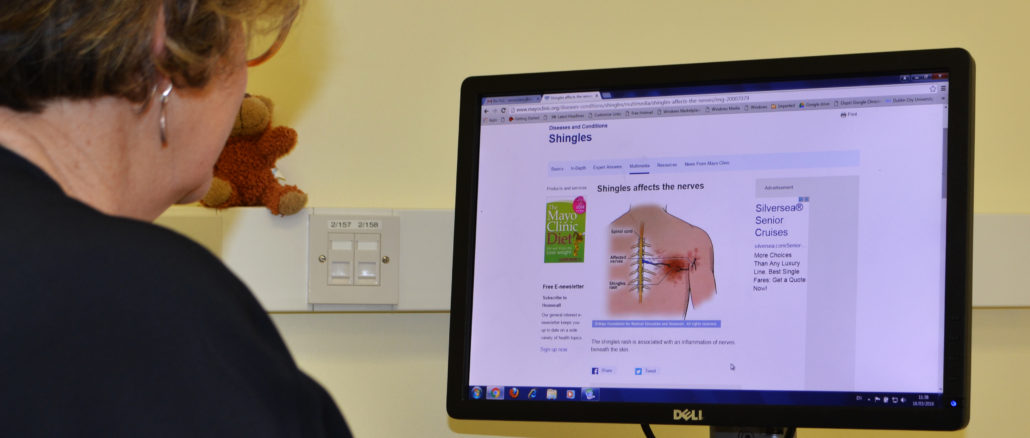
Christmas of 2014 for me was spent bed-ridden. I had shingles, also known as Herpes Zoster. It is a viral disease of the nerves and skin with symptoms of headache, fever and tiredness. The disease is characterised by a blistering rash that usually develops on the torso but can appear on the head or neck. Happy holidays.
Shingles is caused by the reactivation of the chickenpox virus, so anyone who has had chickenpox in the past is at risk of developing shingles. The virus that causes chickenpox never leaves the body so can reoccur later in life as shingles. Roughly 95 per cent of people have had chickenpox and are at risk of developing shingles.
The same anti-viral medication used to treat it has been around for the last twenty five years. Even the effects of the medication are limited, only shortening the illness by very a small amount.
The disease tends to be more severe in adults over the age of fifty. However a third of cases are diagnosed in younger people. Because I was twenty when I got the virus, my doctor was confused as to why I had it, considering I wasn’t in the high risk category. When I explained that I had just dropped out of college and had been crippled with anxiety for months, she knew why. Long term stress and anxiety can weaken your immune system. This allowed for my shingles to occur.
It’s easy to forget the impact that our mental health can have on our overall health. By not speaking to anyone and keeping my anxiety to myself I essentially gave myself shingles for Christmas. I’m left with a small scar on my shoulder, which is a reminder to me that not talking to someone can only do you harm.
There are a great range of services here in DCU. Counselling services by appointment are available, but if you’d rather a quick chat, give Samaritans a call. It’s a confidential and anonymous listening service. Lines are open every night 24 hours a day on Freephone 116 123.
Adam Daly




Leave a Reply